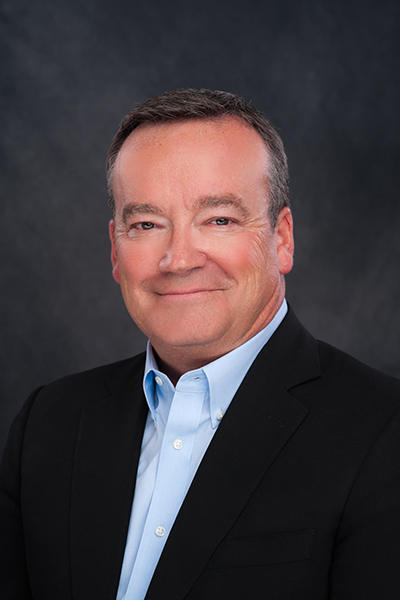Real Leather. Stay Different interviews Jay Jensen, boss of the Southwest Hide Co.
“It’s environmentally tragic that the parts from these animals aren’t being completely used.”
As much as he insists his business is market driven, Jay Jensen can’t hide his passion when he talks about wasted cowhides.

Jensen’s company, the Southwest Hide Co, operates almost as a cooperative for small ranches and cattle processors across the west of the United States. Essentially, they do the hard work, covering thousands of miles between suppliers, buying and collecting cow hides to sell on together at volume, saving them from disposal.
Without Southwest Hides, for most of these ranchers selling hides would be an economic impossibility. They would be consigned to landfill or the incinerator. Jensen’s service swings the price margins back in favour of the smaller producers, making selling the hides viable. These contributions to profits can sometimes make the difference between their smallholdings breaking even and making a loss.
Just as they have for many people, recent times have been tough for Jensen:
"It’s a market-based system, so unfortunately when the market goes to an extreme, like it has in the past year, we’re unable to get as many hides. We would love to be able to pick them all up because when a hide is wasted, I think...”
He tails off as his passion rises, and you sense again that the dollar isn’t foremost in his mind.
We have five hide plants around the Western U.S. At this one plant, we just estimated for last year, we missed out on about between 75 and 100,000 of those hides, which is about 75 to 100 containers of hides that we would normally ship to China or Korea or Indonesia for being turned into leather.
So, what we do is send trucks around and the truck has two compartments. One is full of salt and one is for the hides. And we’ll stop at a farmer’s place. He’ll give us five hides. We’ll pay him for those five hides and we’ll dump off maybe 100 pounds of salt so that when he produces his next five hides, he can put a layer of salt between the hides.”
Southwest Hide works with small slaughterhouses as well:
“They go through 50 cattle a week or maybe 20 cattle a week. And these companies have no capability of handling their hides to get them to a leather market somewhere. So, we collect them, we pay them in most cases and then we process the hides, cure the hides so that they’re preserved and then market them by putting them all in some kind of group together.
Three of our plants collect hides from small meat packers in an area roughly 300 miles in radius from each plant. Since the onset of Covid, these plants have not been taking hides from ‘Small Packers,’ which are the small and medium size meat companies who still use low-tech methods to remove the hide from the animal. On average each of these three plants is leaving 6,500 hides per week out of our processing chain compared to pre-Covid numbers.
This amounts to 338,000 hides per plant per year. For all three plants, just over one million hides. Since the small and medium sized packers have nothing to productively do with these hides, they can only dispose of them. They are all landfilled.”
Jay is determined to make use of as many hides as possible: “I don't want to get too philosophical here, but all through history, an animal dies and its body parts get used. Even if you’re a Hindu and you don't believe in eating meat or using products from the consumption of meat, there’s still leather available from animals that die of natural causes. There always have been, and it’s not a small number.
“And nobody needs to feel guilty about that. Nobody needs to try to look at the process and say, ‘I'm contributing to some kind of environmental degradation.’ You're actually helping the environment by using a leather product, the raw material for which is going to be there, whether you buy it or not.”
Come on Jay, admit it – this IS more than a business to you: “Do we see ourselves as environmental stewards? I think we do. And we’re learning new things in this new market situation, but our goal is always to not waste hide.”
This interview was conducted as part of the Real Leather. Stay Different. campaign, which aims to promote the sustainable qualities of leather and champion slow style.